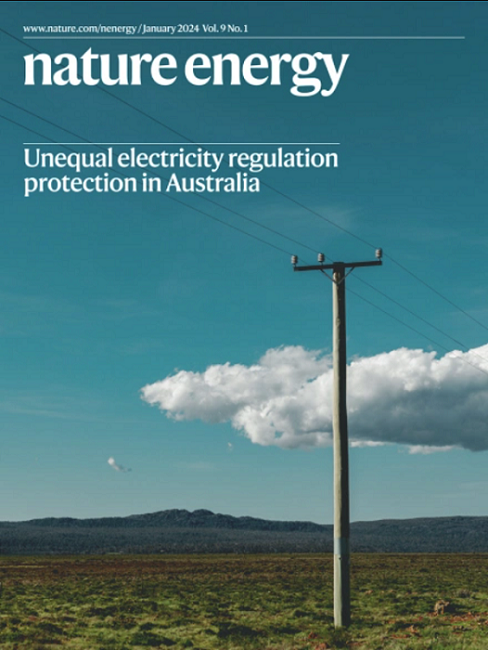Cleaner lithium, better batteries
IF 60.1
1区 材料科学
Q1 ENERGY & FUELS
引用次数: 0
更清洁的锂,更好的电池
锂金属因其理论容量高、电化学电位低而被广泛认为是下一代固态电池的理想阳极。然而,实验室和工业中使用的大多数锂箔都是通过熔盐电解生产的,并且可能含有高达1%的杂质,特别是钠,这在制造过程中很难去除。现在,贾斯特斯-李比希大学的Juri Becker、j rgen Janek及其同事发现,即使是锂箔中微量的杂质也会在循环过程中与固体电解质的界面积聚,阻碍锂的运输,降低电池的性能。研究人员将商用锂箔与电沉积锂进行了比较,电沉积锂用于“无阳极”电池设计,电池最初只包含一个裸集电器(例如,铜箔),阳极侧没有锂。利用先进的表面表征技术,如飞行时间二次离子质谱和x射线光电子能谱,研究小组表明,在锂剥离过程中,钠和其他杂质积聚在电解质-阳极界面,减少了可以有效利用的锂的数量。相比之下,锂电沉积在原位-直接在电池内部的集流器上-显示出更高的纯度。这种原位“电化学净化”过程增强了界面稳定性,提高了锂的利用率。
本文章由计算机程序翻译,如有差异,请以英文原文为准。
求助全文
约1分钟内获得全文
求助全文
来源期刊

Nature Energy
Energy-Energy Engineering and Power Technology
CiteScore
75.10
自引率
1.10%
发文量
193
期刊介绍:
Nature Energy is a monthly, online-only journal committed to showcasing the most impactful research on energy, covering everything from its generation and distribution to the societal implications of energy technologies and policies.
With a focus on exploring all facets of the ongoing energy discourse, Nature Energy delves into topics such as energy generation, storage, distribution, management, and the societal impacts of energy technologies and policies. Emphasizing studies that push the boundaries of knowledge and contribute to the development of next-generation solutions, the journal serves as a platform for the exchange of ideas among stakeholders at the forefront of the energy sector.
Maintaining the hallmark standards of the Nature brand, Nature Energy boasts a dedicated team of professional editors, a rigorous peer-review process, meticulous copy-editing and production, rapid publication times, and editorial independence.
In addition to original research articles, Nature Energy also publishes a range of content types, including Comments, Perspectives, Reviews, News & Views, Features, and Correspondence, covering a diverse array of disciplines relevant to the field of energy.
 求助内容:
求助内容: 应助结果提醒方式:
应助结果提醒方式:


